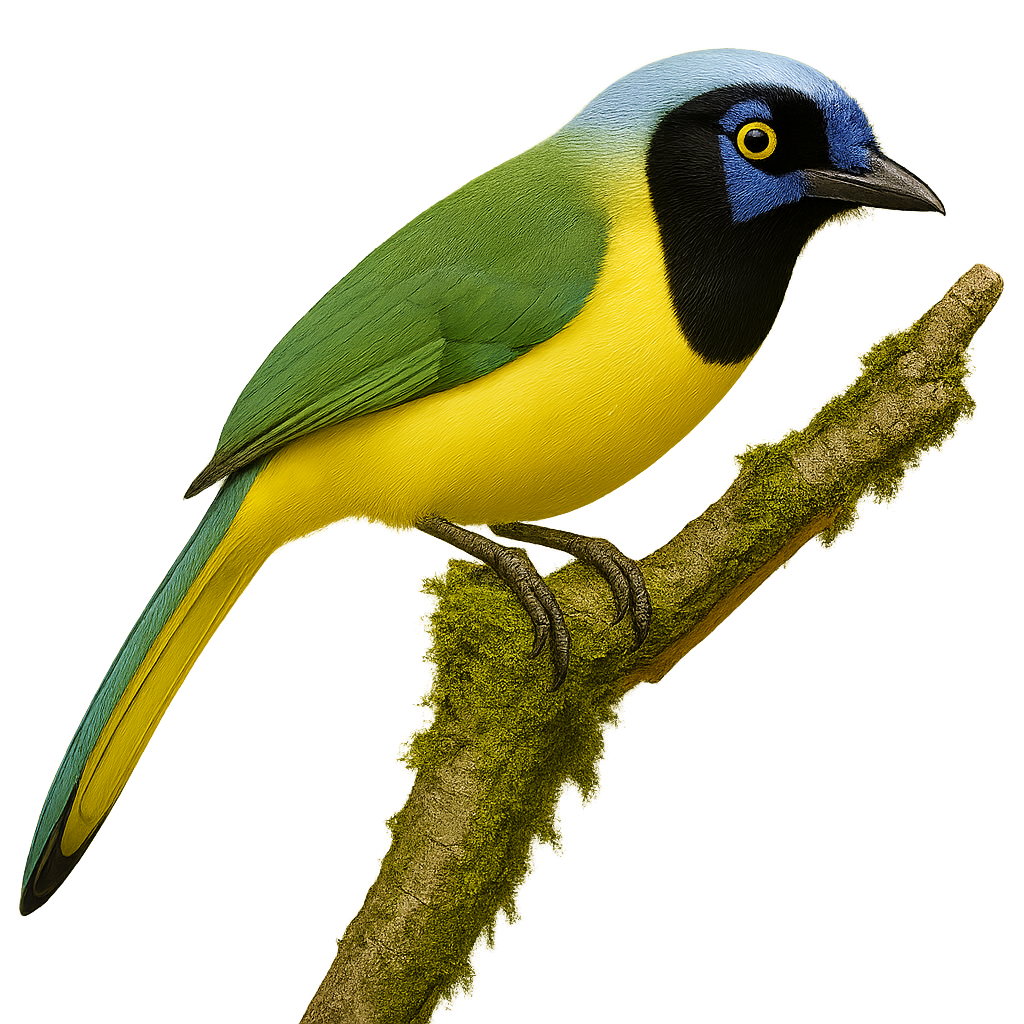Your wildlife photography guide.
Explore the green jay in detail, study its behavior, prepare your shots.
Where to observe and photograph the green jay in the wild
Learn where and when to spot the green jay in the wild, how to identify the species based on distinctive features, and what natural environments it inhabits. The WildlifePhotographer app offers tailored photography tips that reflect the green jay’s behavior, helping you capture better wildlife images. Explore the full species profile for key information including description, habitat, active periods, and approach techniques.
Green Jay
Scientific name: Cyanocorax yncas

IUCN Status: Least Concern
Family: CORVIDAE
Group: Birds
Sensitivity to human approach: Suspicious
Minimum approach distance: 10 m
Courtship display: March to June
Incubation: 16-18 jours
Hatchings: March to July
Habitat:
tropical forests, subtropical forests, savannas
Activity period :
Primarily active during the day, with peak activity in the morning and late afternoon.
Identification and description:
The Green Jay, or Cyanocorax yncas, is a striking bird with vibrant plumage, primarily green with shades of blue and yellow. It inhabits the tropical and subtropical forests of Central and South America. This sociable bird lives in groups and is known for its intelligence and tool-using abilities. It primarily feeds on insects, fruits, and seeds. The Green Jay is also an excellent mimic of sounds, allowing it to communicate effectively with its peers. Its presence is often marked by its distinctive calls and agile flight through the dense canopy.
Recommended lens:
400 mm – adjust based on distance, desired framing (portrait or habitat), and approach conditions.
Photography tips:
To photograph the Green Jay, it is advisable to use a telephoto lens of at least 400mm to capture precise details of its colorful plumage. Since this bird is often moving in the canopy, a fast shutter speed is recommended to avoid motion blur. Look for areas where natural light penetrates well to get well-lit images. Be patient and discreet to avoid scaring the bird, and use a tripod to stabilize your camera during extended shooting sessions.
The WildlifePhotographer App is coming soon!
Be the first to explore the best nature spots, track rutting seasons, log your observations, and observe more wildlife.
Already 1 439 wildlife lovers subscribed worldwide

